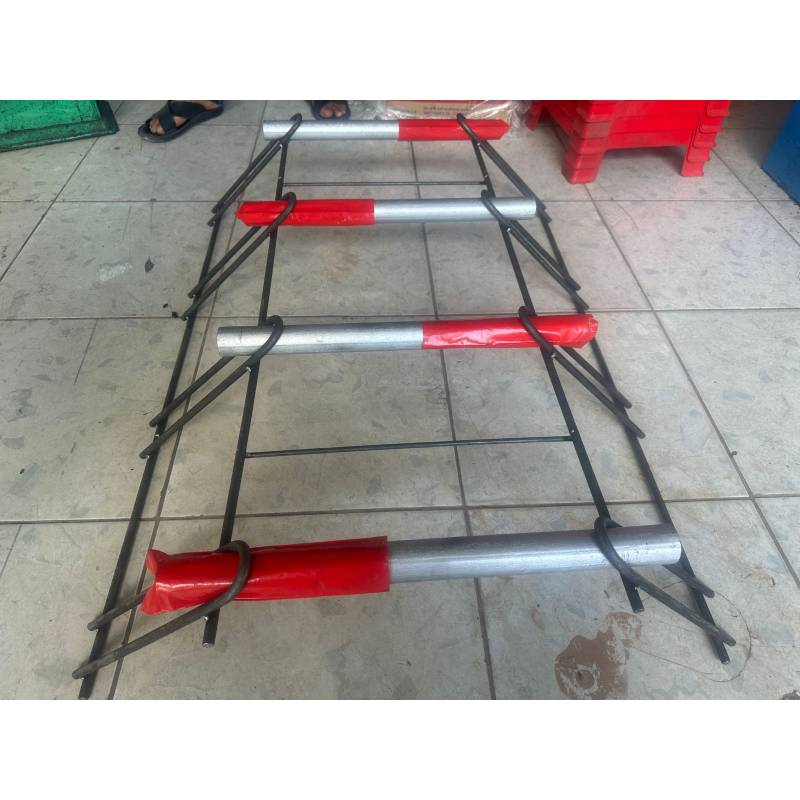
- Mobile Phone
- +8613931874955
- sales@cntcmetal.com
truss mesh reinforcement
Truss Mesh Reinforcement An Innovative Approach to Structural Integrity
In the field of civil engineering, ensuring the strength and longevity of structural elements is paramount. One innovative solution that has gained traction in recent years is truss mesh reinforcement. This technique not only enhances durability but also optimizes material use, ultimately leading to more sustainable construction practices.
Truss mesh reinforcement involves the use of prefabricated mesh structures made from steel or other high-strength materials. These meshes are designed in a truss configuration, which provides an excellent balance of strength and weight. The primary advantage of using a truss mesh is its ability to distribute loads efficiently across a larger area, reducing the likelihood of localized failures that can compromise the integrity of a structure.
One of the most common applications of truss mesh reinforcement is in concrete slabs and pavements. Conventional reinforcement methods often involve the use of steel rebar, which, while effective, can be cumbersome and labor-intensive to install. Truss mesh, on the other hand, can be rolled out and placed quickly, significantly reducing construction time. This efficiency not only accelerates project timelines but also lowers labor costs.
truss mesh reinforcement

Moreover, truss mesh reinforcement is particularly advantageous in seismic zones. The truss configuration allows for better energy absorption during seismic events, providing additional stability to structures. By integrating truss meshes in earthquake-prone areas, engineers can enhance the safety and resilience of buildings, ultimately protecting lives and property.
Environmental considerations are also a key factor driving the adoption of truss mesh reinforcement. The use of prefabricated elements means that less material is wasted during construction. Additionally, the lighter weight of truss mesh compared to traditional rebar can lead to savings in transportation and handling, further reducing the overall carbon footprint of a project.
Beyond concrete applications, truss mesh reinforcement is finding uses in other structural components, including walls and roofing systems. The adaptability of this reinforcement method allows for its integration into a variety of building designs, from residential homes to large-scale commercial projects.
In conclusion, truss mesh reinforcement represents a significant advancement in construction technology. Its benefits—ranging from increased structural integrity to environmental sustainability—make it an attractive choice for modern engineering projects. As the industry continues to innovate, truss mesh reinforcement is poised to play a crucial role in shaping the future of construction, ensuring that structures are not only strong and durable but also efficient and eco-friendly.
share:
-
Yard Sign Stakes: Reliable Guardians of Outdoor SignsNewsAug.04,2025
-
Wall Ties: Invisible Guardians of Building StabilityNewsAug.04,2025
-
Resilient Web: The Super Guardian Power of Concrete MeshNewsAug.04,2025
-
Masonry Accessories: A versatile assistant on building foundationsNewsAug.04,2025
-
Iron Binding Wire: the 'invisible reinforcement specialist' in the fields of architecture and industryNewsAug.04,2025
-
Dynamic Spring: The diverse functions and excellent performance of Wire Tension SpringNewsAug.04,2025
-
Your Source for Concrete Wall Ties and Masonry AccessoriesNewsJul.10,2025



















